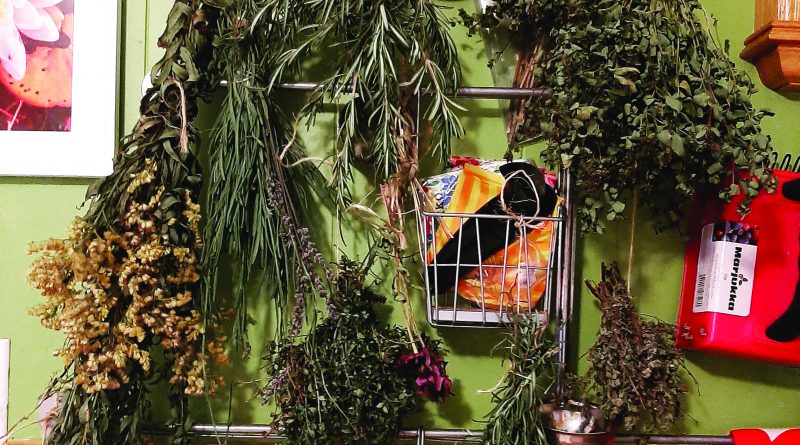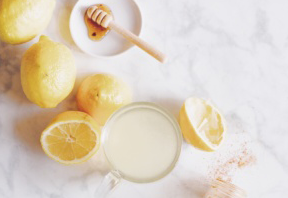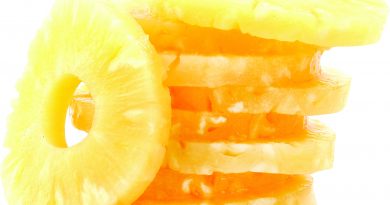Homesteading: stocking up your spice rack
By Sari Huhtala
If you’ve ever grown oregano in your garden, you probably realized this prolific perennial produces enough to satisfy the ongoing needs of an Italian eatery. I’ve discovered an amazingly easy way to dry and save those excess herbs, not to mention medicinal plants like goldenrod, by simply hanging them in my kitchen to dry.
It’s easy. When it comes to herbs like oregano, simply cut stems from the plant once leaves are in full growth mode, then tie bunches of stems together with twine and hang in a dry area away from direct sunlight. Within a week, the leaves will be dry enough to store. Simply run your hand along the stem to loosen the leaves and place in a glass jar for future use. Have a mortar and pestle collecting dust on your counter? Now’s the time to dust it off and start using those dried herbs. Or, simply rubbing the dried leaves within the palms of your hands pulverizes the herb for use.
I’ve had great success drying everything from rosemary, thyme, oregano, savory, marjoram, mint and sage to medicinal plants, using this simple method. Basil tends to be a bit more challenging using this method, perhaps because it holds too much moisture, but most other herbs work well. Harvest herbs from the outdoors for drying when temperatures are not overly humid, as the herbs won’t dry well in humidity. Herbs and flowers are best harvested in the morning, once the dew has dried off the leaves.
Chamomile, lemon balm and mint leaves are among my favourites for drying tea leaves for the winter months. If you have raspberry bushes, raspberry leaves make a perfect potassium-promoting tea that can help with inflammation, digestion and more.
Be sure to consult with your health care practitioner to discuss any interaction with medications you may be on. Many herbal teas are not recommended during pregnancy.
Rose petals, dried simply by leaving on a plate to dry, are another favourite, as they make delightful décor for cakes and desserts throughout the year.
Stock up your medicine cabinet while you can by wildcrafting, and growing your own medicinal plants for drying. Echinacea (cone flower) flowers and leaves are a medicine cabinet must-have for immune boosting and fast recovery from seasonal colds.
And, of course, goldenrod, which is part of the daisy family and has long been used in traditional medicine, is worth its weight in gold as a go-to anti-inflammatory tea. Harvest in late summer before flowers are fully in bloom, and hang upside down in bunches to dry, then pull leaves and flowers off and store in a glass jar.
The German Commission E, a scientific advisory government agency similar to the FDA, approved the use of goldenrod tea as a treatment for urinary and bladder infections. Goldenrod flowers were also prepared as an infusion by the Iroquois people for gastrointestinal and liver aid.
Be sure to consult with a guide when wildcrafting so that you know what you are harvesting, and avoid if allergic to plants in the daisy family.
Sari Huhtala is the publisher and editor of Alive and Fit Magazine. She has over 25 years experience in journalism, and is a mother of 3 adult children. She has spent over 20 years navigating a healthy path for her family, one health hack at a time, as a single mom feeding her kids healthy on a shoestring budget. She has over 15 years experience as a certified fitness specialist and personal trainer and 10 years experience as a reiki practitioner.




